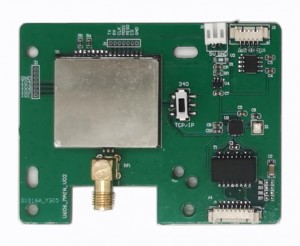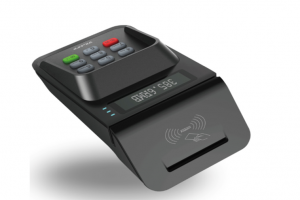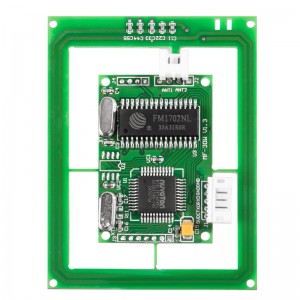Contact IC Card Reader

Contact IC Card Reader Writer S3 Series
The device is CCID Standard compliant and its plug-and-play is easier for use and installation. It is compact and easy to handle. Either USB port or RS232 serial port is optional to connect with PC. Bi-color indicator and buzzer is to avoid malfunction. The reader can be customized according to demands.
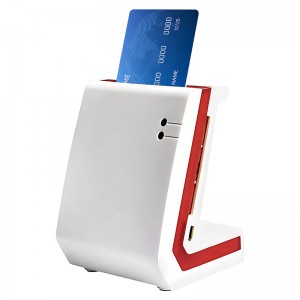
Contact Card Reader Writer HT Series
Equipped with two contact card slots; ISO 7816 compliant; USB or RS232 serial port optional
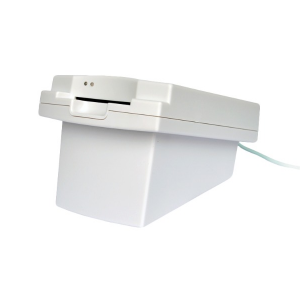
Contact IC Card Reader Writer RDM
Support contact card; ISO 7816 compliant; Three card slot types are optional (push-pull type, push-push type and pin-eject type).
Contactless IC Card Reader
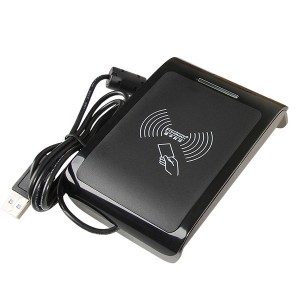
Dual Interface Reader Writer S9
Fongwah Dual Interface IC Card Reader Writer S9 supports dual interface IC cards including contactless and contact IC cards or supports to read/ write individual RF card and contact smart card. Multiple card slots is suitable for issuing cards in security and applications with higher safety requirements.

Contactless IC Card Reader Writer S8
S8 is a dual-interface card reader writer supports contactless and contact cards compliant with ISO 14443A/B, ISO 15693 and ISO 7816.
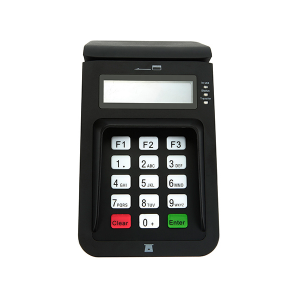
Multi-Function High Security Smart Card Reader Writer E7
Smart Card Readers with LCD and Pinpad enables users to input key words
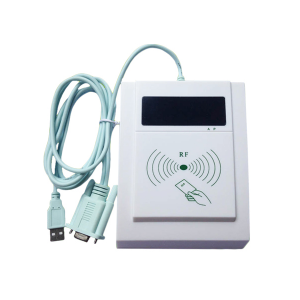
Contactless IC Card Reader Writer RF
RF series contactless IC card reader works at 13.56MHz and complies with ISO 14443A/B, ISO 15693. The device is with an 8-digit LED display, USB plug and play, and a buzzer for status indicator. It supports multiple ways of interface (e.g USB interface/ Serial RS232/ TTL/ 485/ TCP-IP and PC/SC).
Dual frequency card reader
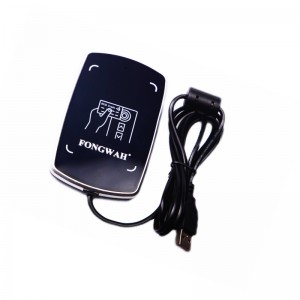
Contactless IC&ID Card Reader S7-EU-00-02
S7-EU-00-02 is a dual frequency non-contact card reader and writer with card UID reading function. It supports UID reading of high-frequency (13.56MHz) non-contact IC cards and EM4100 series compatible low-frequency (125KHz) ID cards that comply with the ISO14443A/B protocol standard, and outputs on connected devices in the form of a simulated keyboard.



